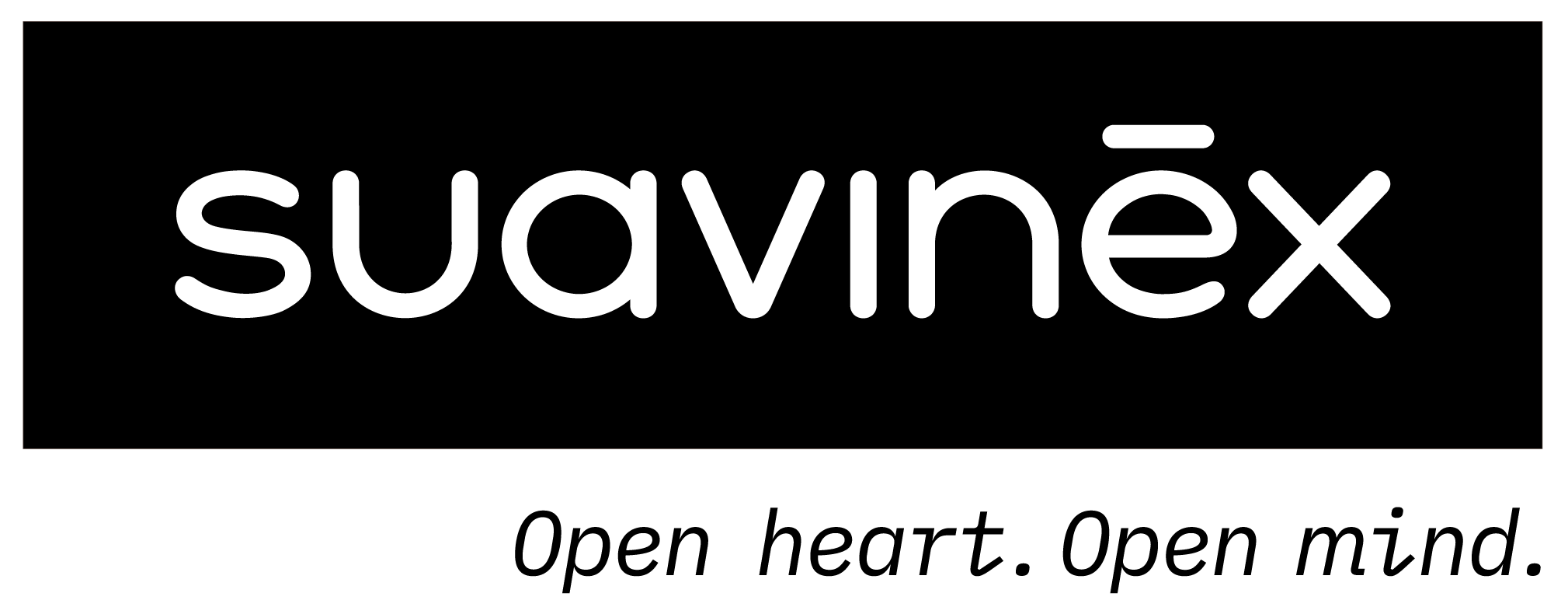Practical feeding rules
What kind of bottle should you use?
- Practical.
- Functional.
- Appropriate for the baby's age.
- Easy to sterilise.
- As smooth as possible so that it does not have awkward parts in which the milk gets stuck and cannot be cleaned.
- Glass or plastic, resistant to high temperatures and non-breakable.
How to prepare a bottle
- Pour in previously boiled water up to the level marked on the bottle.
- Open the powdered milk container and fill the measuring scoop that came with the packet (the scoop must be level and not packed down).
- Pour the powdered milk into the bottle, using one scoopful per 30 cubic centimetres of water (put the water in first).
- Put the lid on the bottle or screw the teat on.
- Shake it carefully to make sure that there are no lumps and the powder is thoroughly dissolved.
How should I give my baby a bottle?
- Open the powdered milk container and fill the measuring scoop that came with the packet (the scoop must be level and not packed down).
- Shake it carefully to make sure that there are no lumps and the powder is thoroughly dissolved.
- Support the baby's head with your left arm (or the right, if your are left-handed). Using your right hand (or left), hold the bottle and stimulate your baby's innate sucking reflex by gently stroking their cheek with your finger or the teat. The little one will open their mouth and turn towards the teat, at which point you should bring the teat up to the baby's lips to begin the feed.
- The mother, or person giving the bottle, must sit upright and comfortably, placing the little one in a relaxed position so that they are resting on the body and arm of the person giving the feed.
- Alternatively, the mother, or person giving the bottle, can sit on a chair with their feet up on a stool or on the bed with their back supported. The baby should be held so that their head rests on the bent knees of the mother, or person giving the bottle, with the baby's feet resting again the adult's stomach. The baby's head should be cradled in the left hand and the bottle given with the right.
- While the baby is sucking, you should talk lovingly to them, which will calm them down if they are tense and stimulate them if they are getting lazy.
What are the basic rules of hygiene?
- Until the baby's third month, you must sterilise all bottles, teats, soothers, spoons, plastic toys and generally everything that the baby puts in their mouth, because before this age their immune defences are not fully developed and they are more prone to getting tummy bugs.
- There are two sterilising methods: heat and cold-water sterilisation, using special antibacterial chemical solutions.
- Two heat sterilisation systems are available: boiling and steam. Boiling consists of placing the items to be sterilised in the steriliser basket, completely submerging them in water, boiling the water for 15-20 minutes and keeping the items in the pan with the lid on until they are used.
- Steam sterilising requires an electric element that transforms the water into steam, placing the items in the basket and pouring water into the base. Then put the lid on tightly and switch it on. After 15 minutes it will start to steam, indicating that the sterilisation process is complete.
- In the microwave: all you need is a special microwave container with a lid, where you place the bottles and teats with a little water, heating them for 4-8 minutes. This type of sterilisation lasts for 3 hours.
- Cold-water sterilising: place the items in the container, pour water in up to the mark, add the disinfectant and make sure that the items are completely submerged in it. The solution must be left to act for 30-90 minutes. These solutions remain active for 24 hours, so items can be submerged more than once a day.
